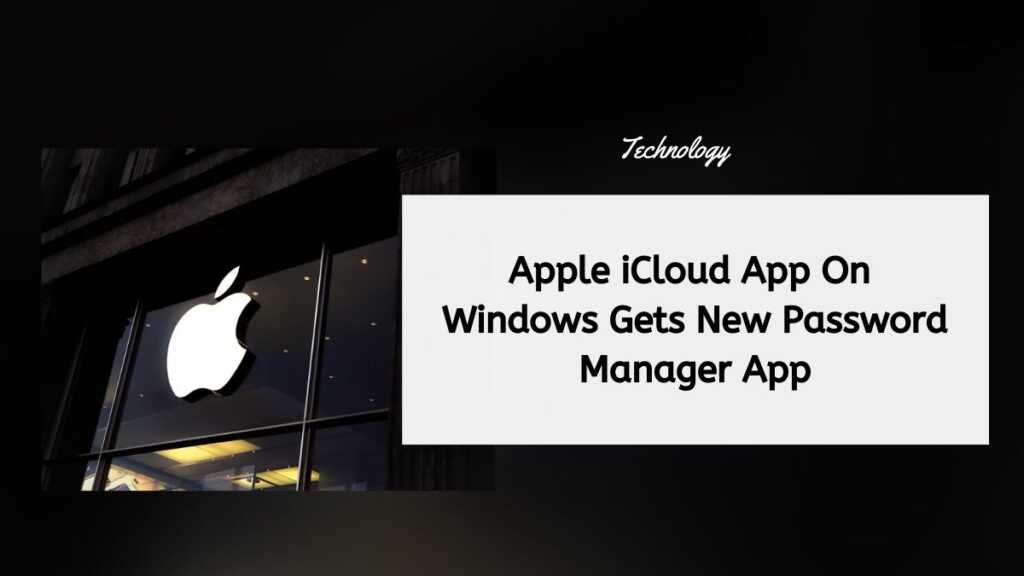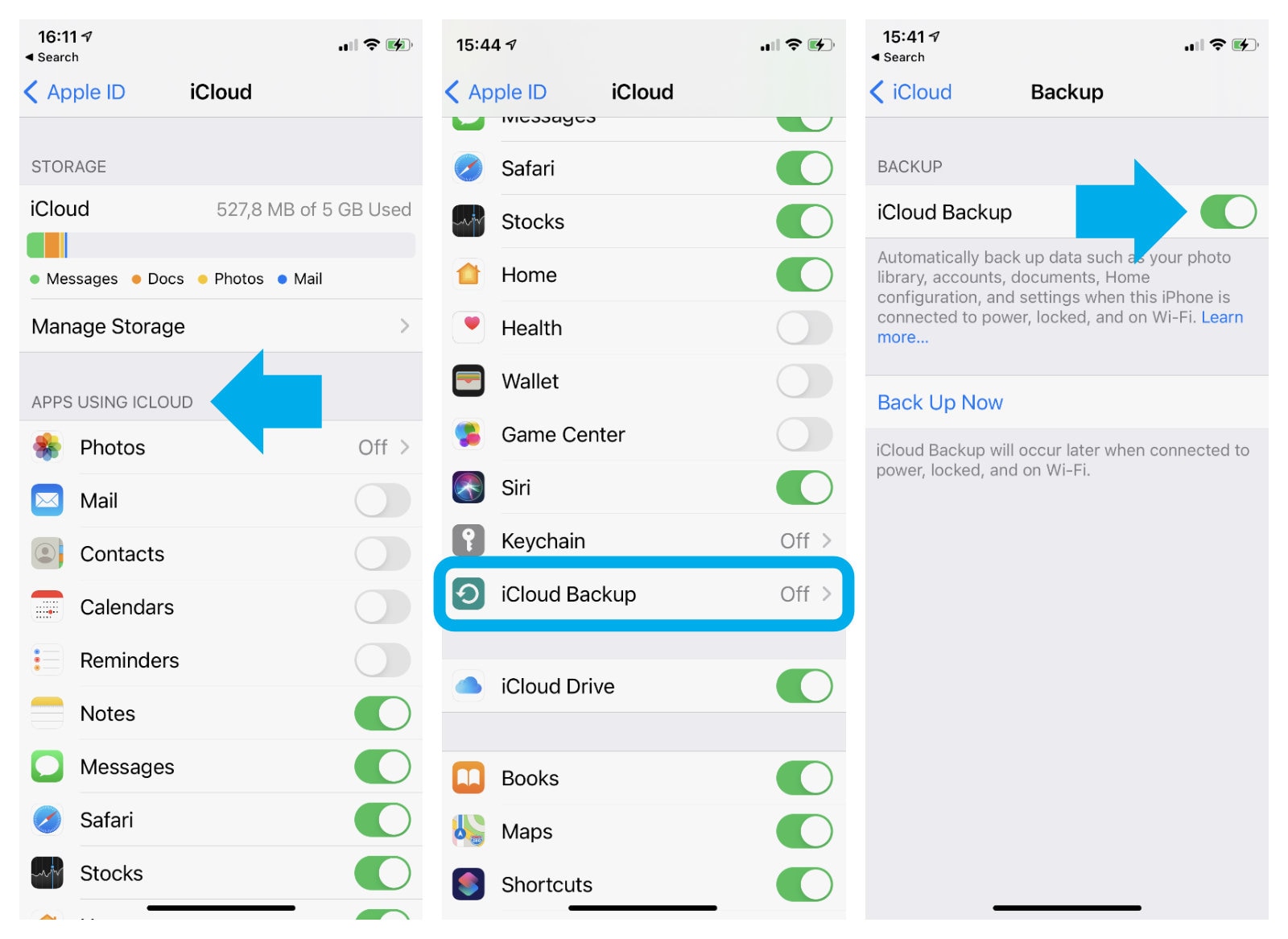

- Manage apps on icloud install#
- Manage apps on icloud update#
- Manage apps on icloud password#
- Manage apps on icloud Pc#
This often isn’t enough for a single back-up, and won’t house too many media files. You get only 5 GB of iCloud storage for free. But things get more complicated once you start considering back-ups and documents. You can use it to sync app and game data, Contacts, Reminders, Notes, Safari bookmarks, and so on, entirely for free.

iCloud in and of itself doesn’t cost anything. Interestingly, Files can integrate other cloud services as locations, as outlined in our beginner’s guide. Tap iCloud Drive in the Locations section of that app and you’ll spot app and bespoke folders housing your documents. You see iCloud Drive in apps that support it, and also in Files, the iPhone’s file manager. So that means things like word processing documents, digital paintings, spreadsheets, and songs – not settings and game progress. ICloud Drive is Apple’s about-face – a files-and-folders system that makes it easy to get at app documents (rather than mere data) you’ve saved to iCloud. Google Drive? Much the same as Dropbox, but owned by Google. It turned out people liked deciding where to save the files they created.
Manage apps on icloud Pc#
Dropbox is a third-party cloud-based file-hosting service, with an interface that resembles what you’re used to on a PC or Mac. That’s when a great many third-party apps started using Dropbox instead. Originally, Apple tried to ‘hide’ the iPhone’s file system. What about iCloud Drive? And Dropbox… and Google Drive? You can also share bespoke albums, which family and friends can access. iCloud Photo Library keeps your entire photo library – videos, edits and all – in the cloud. My Photo Stream automatically uploads new photos, and sends them to devices signed into your iCloud account – but it doesn’t send Live Photos and videos. Photos can be shared in iCloud, and you’ve a few ways to do so.
Manage apps on icloud install#
(So if you install an app you know uses iCloud, but haven’t yet used it, you won’t see it in Settings until you do.) If you don’t want an app using iCloud for some reason, just flick its switch. Apps will only be displayed there if they’ve been launched at least once. You can find out which apps are using iCloud in the aforementioned Settings pane. For example, some weather apps use iCloud to keep your defined locations consistent on all your devices, while games enable you to play on your iPhone and then pick up from where you left off on another device. Others use iCloud as a means to sync data and settings across devices. Many productivity apps have followed suit. Most Apple apps do, saving their documents in iCloud Drive – more on which later. So set-up and use two-factor authentication.
Manage apps on icloud password#
In reality, the biggest point of failure in iCloud is your password – if someone can easily sign into your account, they can get at whatever you’ve synced to iCloud. If you’re new to the cloud – and iCloud – you might have concerns about data security, and Apple aims to address these on its website. If one goes missing, you can lock it and place a note on its screen, in the hope someone will find and return it. The Find My iPhone app is integrated with iCloud, and enables you to track the location of your devices. In fact, iCloud can help you recover a lost device, too. Having key data in iCloud means should you lose a device, it can be recovered simply by connecting a replacement device to your iCloud account. Turn on any that are disabled that you want to use. You’ll see a list of apps using iCloud, including the likes of Contacts, Reminders and Notes. Head to Settings, tap your name, and then iCloud.
Manage apps on icloud update#
But the idea behind the cloud is that you could feasibly update that calendar on your iPhone, and then have those changes pretty much instantly show up on your (internet-connected) Mac and iPad, and the devices of people you share your calendar data with. You’re not, after all, going to be updating your cloud-based calendar on a Commodore 64. Some apps, like Voice Memos, are always backed up and you can't turn them off.Of course, there are many caveats regarding compatibility and internet access. When you confirm that you want to Turn Off & Delete an app, it turns off iCloud Backup for that app and removes all of its information from iCloud.


 0 kommentar(er)
0 kommentar(er)
